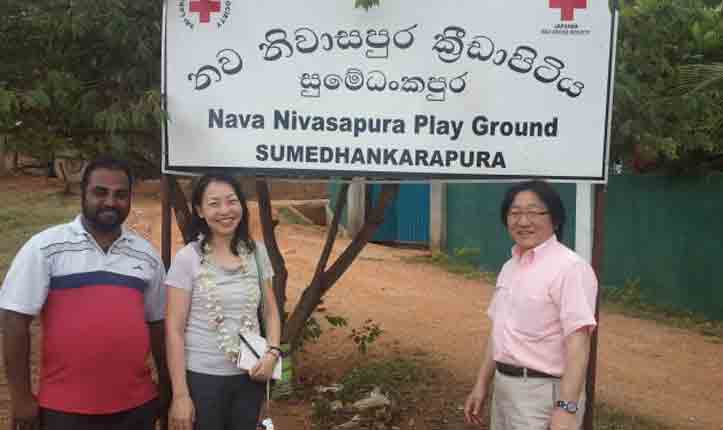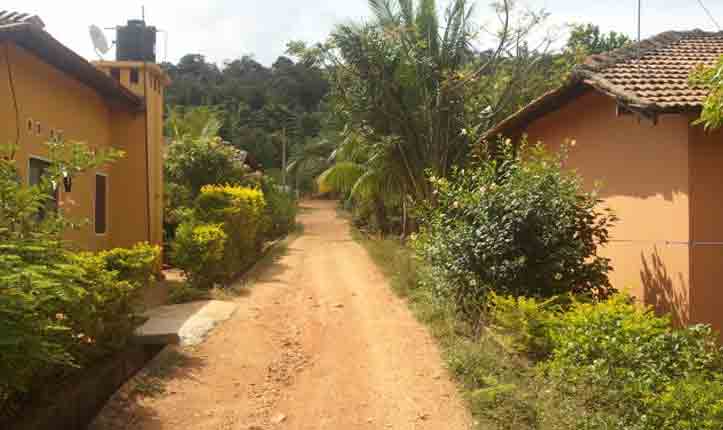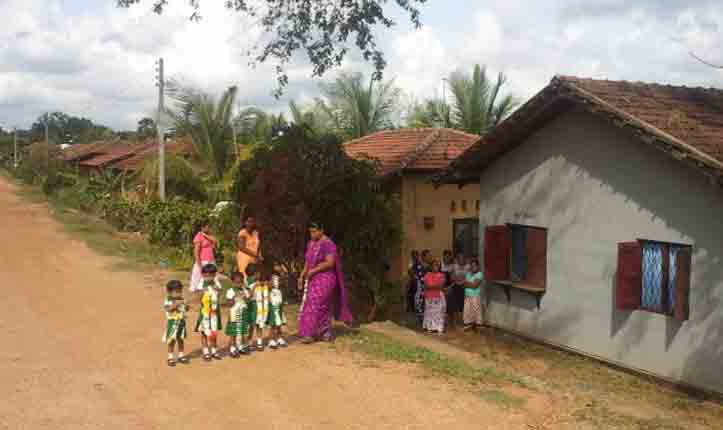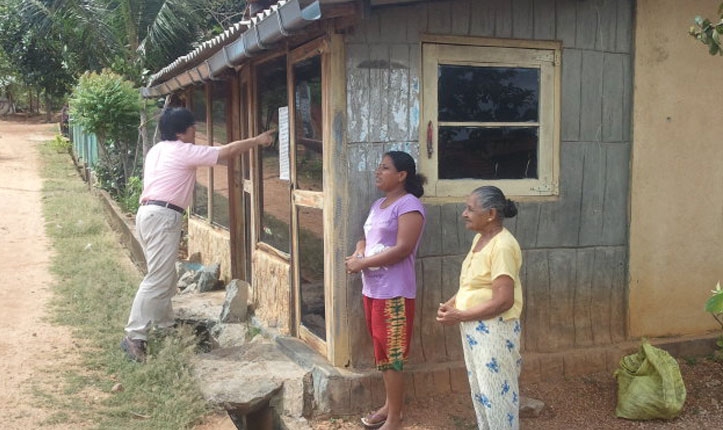A ‘resilient’ community in Sri Lanka
A blog note by Bob McKerrow – Head of Delegation of IFRC in Sri Lanka

It was late 1999 when a cyclone and accompanying storm surge hit the island of Sandwip, a small but highly populated island off the coast off Chittagong, on the southeastern coast in Bangladesh.
I was able to land the next day on a chartered Cessna plane and saw the huge damage. Water, food and medical help were urgently needed. We trucked supplies to Chittagong or purchased locally. But I was advised there were pirates on the sea between Chittagong and the island. I needed someone equally buccaneering to match the pirates, and felt Saito-san would be the right man.
Saito-san was working for the Japanese Red Cross, under our International umbrella and he immediately took up the challenge and led the convoy of relief boats through a long moonless night, and somehow managed to avoid the notorious pirates. Within two days the affected population on Sandwip had water, food and urgently required medical help. Ever since that day, Saiti-san has been one of my Red Cross heroes.
Over a decade has passed, and Saito-san has risen through the ranks of the Japanese Red Cross to being a director of development. We spent two days in Trincomalee this week and visited some projects funded by the Japanese Red Cross.With Saito-san right, Yayoi and Dilesh left.
A fish-drying rack at Sumedhankarapura. This is one of the most resilient communities I have seen in Sri Lanka brought about by a very strategic approach by Sri Lanka Red Cross, supported by the Japanese Red Cross, in an integrated community development approach.
The 71 families in this community were badly affected in the 2004 Boxing Day tsunami as they lived in a coastal fishing village. Wisely relocated to a hillside nearby, a new resilient community sprang up and using a ‘risk reduction approach, and putting equal emphasis on housing, water and sanitation, livelihoods, education, health and sport, Sumerhankarapura has blossomed into a community where the tsunami householder thrift and credit society, through revolving funds, has brought prosperity through livelihood development.
Children from the Montessori school greet us at the Thrift and Credit society office. I interviewed a number of mothers and grandmothers and they spoke of the children and adults being in good health, and how the revolving funds had brought huge economic benefits.
Our mantra during the tsunami was ‘build back better’ and thriving post tsunami communitieslike this one, I have seen in the Maldives, Thailand, Indonesia and Sri Lanka, serve to illustrate that the Red Cross/Red Crescent got it right.
On Wednesday, I accompanied Saito-san to see the new Trincomalee SLRCS branch building, funded by the Japanese Red Cross. A real tribute to Yuki for her perseverance throughout the building of this magnificent facility..
All photos taken by: Bob McKerrow


